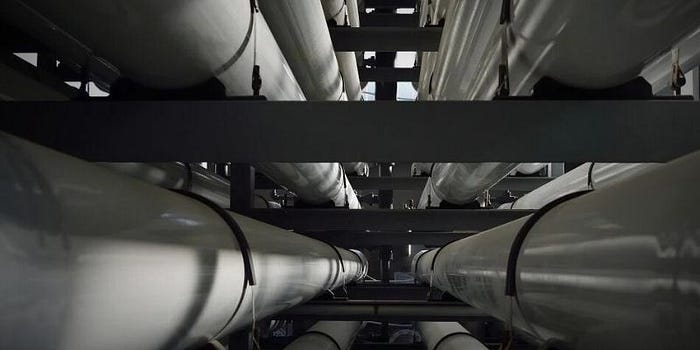Guidelines for Fabrication of Pressure Vessels
Fabrication of pressure vessels is a critical process that requires strict adherence to safety standards and codes to ensure the vessel’s integrity and reliability. Here are some general guidelines for the fabrication of pressure vessels:
- Design and Engineering:
- Begin with a comprehensive design that considers the specific requirements of the application, including pressure, temperature, material compatibility, and intended contents.
- Use computer-aided design (CAD) software and calculations to ensure that the vessel can safely withstand the specified conditions.
- Follow recognized standards and codes such as ASME Boiler and Pressure Vessel Code, API 620, or other applicable codes for pressure vessel design and fabrication.
2. Material Selection:
- Choose materials with appropriate strength, corrosion resistance, and temperature resistance for the intended application.
- Verify material certifications and ensure that the selected materials meet the required specifications.
3. Welding and Fabrication:
- Employ skilled welders with experience in pressure vessel fabrication to ensure high-quality welds.
- Use suitable welding techniques, qualified welding procedures, and qualified welders in accordance with applicable codes.
- Inspect and test welds to ensure their integrity using non-destructive testing (NDT) methods such as ultrasonic testing, radiography, magnetic particle testing, or dye penetrant inspection.

4. Quality Control and Inspection:
- Implement rigorous quality control measures throughout the fabrication process to ensure compliance with design specifications and codes.
- Conduct regular inspections and checks at various stages of fabrication.
- Maintain detailed records of inspections, material certifications, and welder qualifications.
5. Heat Treatment:
- If required, perform heat treatment to relieve residual stresses and improve material properties.
6. Pressure Testing:
- Conduct hydrostatic pressure testing to verify the pressure vessel’s structural integrity.
- The vessel should be subjected to pressures higher than its design pressure to validate its safety.
7. Surface Treatment and Coating:
- Apply appropriate surface treatments, coatings, or linings to protect the vessel from corrosion and environmental factors.
8. Documentation and Certification:
- Prepare comprehensive documentation, including material test reports, welding procedures, inspection records, and test results.
- Obtain required certifications and compliance documentation as per applicable codes and regulations.
9. Safety and Environmental Considerations:
- Ensure that the fabrication process adheres to all safety guidelines and industry best practices.
- Implement environmental protection measures and waste management practices.
Remember that the fabrication of pressure vessels is a specialized process that should be performed by experienced and certified manufacturers to ensure the highest standards of quality, safety, and compliance with applicable codes and regulations.
.jpg)

.jpg)
.jpg)
Comments
Post a Comment